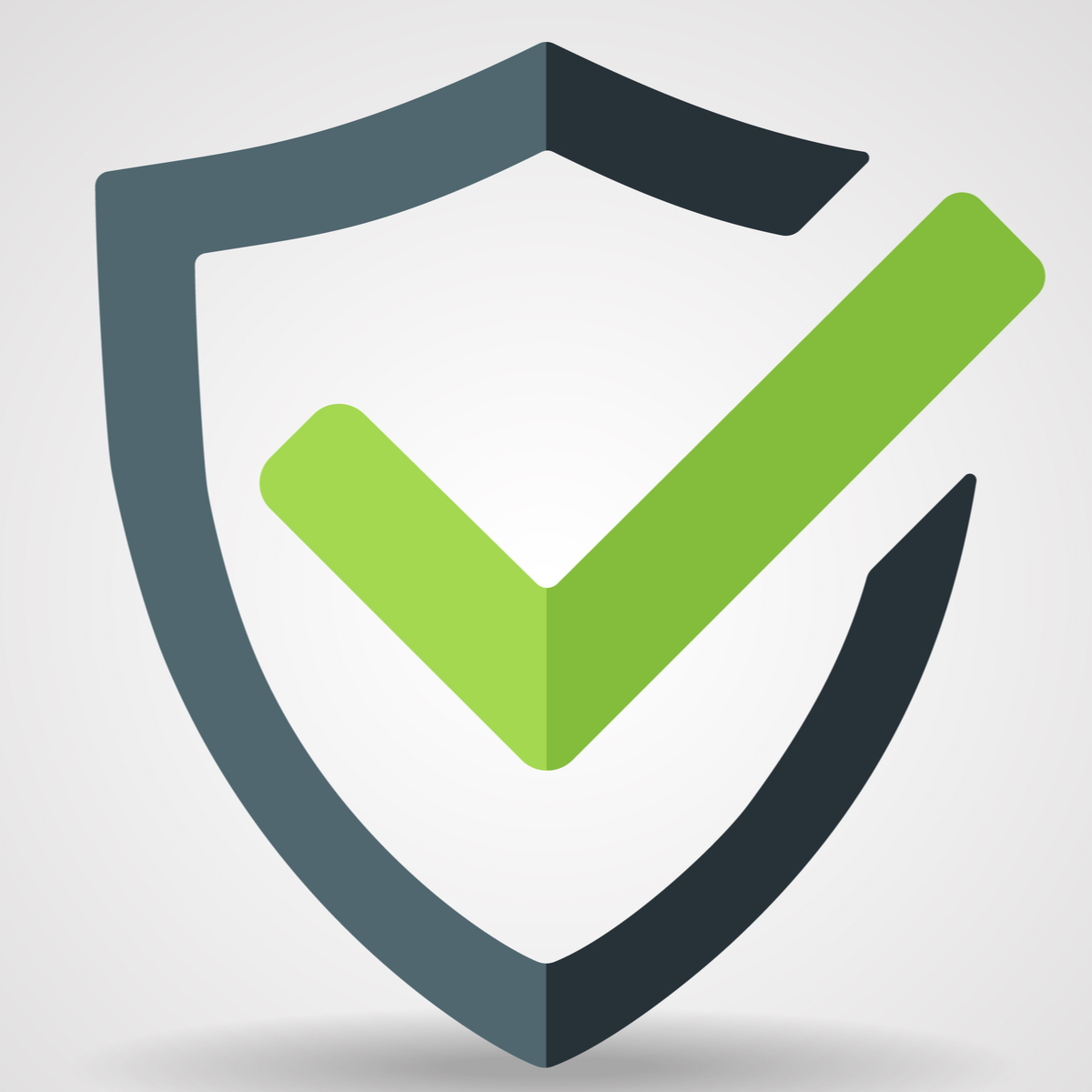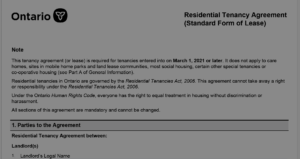As a homeowner, landlord or tenant, there are a number of things that should be on everyone’s quarterly checklist. This will help ensure the safety of your home and your loved ones. It doesn’t matter who takes care of these items, as long as they are done regularly. Set up a quarterly reminder on your digital calendar just so they don’t slip thru the cracks.
- Check Fire Extinguishers: Fire extinguishers can save lives. Make sure the seals are intact, look for any damage and checking the pressure by using the test indicator. If you have not yet invested in this life saving equipment you need to know there are different types. Each style is formulated to deal with hazards in each area of your home. For each living area/level install a 2-A:10-B:C rated extinguisher. For larger homes it is recommended to have access to an extinguisher within 40ft. Don’t forget to put on in your garage or workshop. Due to the extra flammable liquids in this area you need to use a higher rated 3-A:40B-C extinguisher. After these basic installations, extinguishers designed specifically for electrical fires and kitchen hazards are recommended. The kitchen is the likeliest place you will have a fire, so you can help protect your home with a 711A extinguisher in this area. To tackle fires involving energized electrical equipment, typically in the basement, an extinguisher with a rating of 1-A:10-B:C. is needed.
- Check Smoke & Carbon Monoxide Detectors: Another life saving device in your home needs regular attention too. It is super easy to test smoke and carbon monoxide detectors. Simply press and hold the test button and wait for a loud, alarm-like noise. If the sound is weak or the detector is silent, replace the batteries immediately.
- Clean Range Hood Filter: After removing the grease filter from your range hood, soak it in warm soapy water with some baking soda. Then scrub them with a non-abrasive brush, rinse, and dry. This method will ensure your filter is working to its full potential.
- Change Furnace Filters: Overtime your furnace filter becomes clogged with dust, dirt, pet dander, and other particles. Replacing your filter every 3 months (or more often as needed) will ensure your furnace is running efficiently and will increase the indoor air quality of your home.
- Clean Lint Ducts: Lint traps can be the source of some spontaneous fires due to the back up of debris and obvious heat source. Regular vacuuming the lint ducts and surround area of your dryer can reduce the risk of fires. Remove your lint filter from the dryer and vacuum the lint trap housing. It is worth your time to regularly disconnect the dryer duct itself and vacuum out the full length of the duct work.
- Check For Frayed Cords: Starting in the basement, work your way through each electronic device or appliance that is plugged in to check for any frayed cord wires or cables. If frayed, replace immediately. It may seem tedious, but if you can detect an issue before it leads to an injury or a fire, it is time well spent.
- Washer Checkup: Clean out your washer’s inlet filters, check for any leaks, drain out any bottom drains on your machine and run a washer cleaning cycle with the appropriate cleaning additive. Your washing machine’s inlet filters help filter out any debris or mineral deposits from the water in the machine. It is important to regularly clean them in warm soapy water every three months and replace when necessary. If you have leaks on your washer seals, you can contact a repair technician, or purchase replacement kits to save your floors from constant dripping water damage.
- Inspect Caulking Around Sinks, Tubs & Showers: A quick check the caulking around tubs, showers, and sinks to ensure there are no leaks. Leaks can result in damp patches, which can then lead to mold in your kitchen, bathroom, and laundry room. If you notice any gaps, re-caulk as soon as possible. Don’t forget to check for water around the base of your toilet. Constant dripping due to a broken or dried out wax ring can compromise the safety of your floor here too.
- Exterior walk-about: It is important to do a regular check of your eavestrough system and downspouts and ensure there is no water dripping or pooling near the foundation of your home. Water management is one of the most important to ensure the longevity of your home. For the fall we have a blog that covers the 15 Step Fall Maintenance Checklist you should check out.
Regular maintenance and these safety checks will often give you the heads up needed to plan and budget for larger updates. If there are projects that are out of your comfort range, or you want help with completing the checklist itself, the team at East Vista Home Services are ready to support you and book necessary service calls from qualified technicians you can trust.





